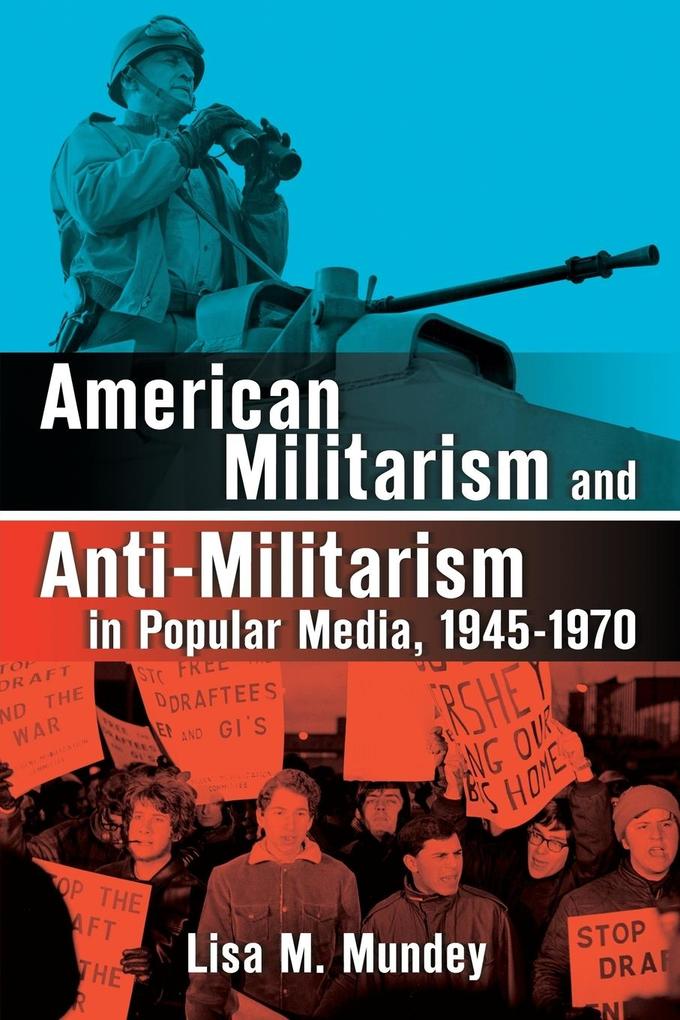
Zustellung: Do, 24.07. - Mo, 28.07.
Versand in 5 Tagen
VersandkostenfreiBestellen & in Filiale abholen:
Scholars have characterized the early decades of the Cold War as an era of rising militarism in the United States but most Americans continued to identify themselves as fundamentally anti-militaristic. To them, "militaristic" defined the authoritarian regimes of Germany and Japan that the nation had defeated in World War II--aggressive, power-hungry countries in which the military possessed power outside civilian authority.
Much of the popular culture in the decades following World War II reflected and reinforced a more pacifist perception of America. This study explores military images in television, film, and comic books from 1945 to 1970 to understand how popular culture made it possible for a public to embrace more militaristic national security policies yet continue to perceive themselves as deeply anti-militaristic.
Much of the popular culture in the decades following World War II reflected and reinforced a more pacifist perception of America. This study explores military images in television, film, and comic books from 1945 to 1970 to understand how popular culture made it possible for a public to embrace more militaristic national security policies yet continue to perceive themselves as deeply anti-militaristic.
Inhaltsverzeichnis
Table of Contents
Preface
Introduction
1. Postwar Tributes, 1945-1950
2. The Dark Side of War, 1950-1959
3. The New Look, 1951-1959
4. Citizen-Soldiers and Civilian Control, 1959-1964
5. The Vietnam Era, 1965-1970
Conclusion
Chapter Notes
Bibliography
Index
Preface
Introduction
1. Postwar Tributes, 1945-1950
2. The Dark Side of War, 1950-1959
3. The New Look, 1951-1959
4. Citizen-Soldiers and Civilian Control, 1959-1964
5. The Vietnam Era, 1965-1970
Conclusion
Chapter Notes
Bibliography
Index
Produktdetails
Erscheinungsdatum
24. Januar 2012
Sprache
englisch
Seitenanzahl
258
Autor/Autorin
Lisa M. Mundey
Verlag/Hersteller
Produktart
kartoniert
Gewicht
424 g
Größe (L/B/H)
229/152/15 mm
ISBN
9780786466504
Entdecken Sie mehr
Bewertungen
0 Bewertungen
Es wurden noch keine Bewertungen abgegeben. Schreiben Sie die erste Bewertung zu "American Militarism and Anti-Militarism in Popular Media, 1945-1970" und helfen Sie damit anderen bei der Kaufentscheidung.









